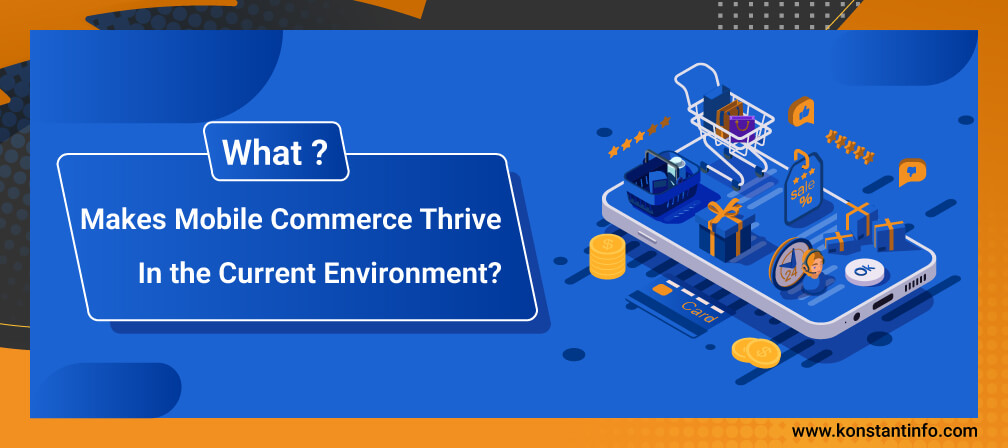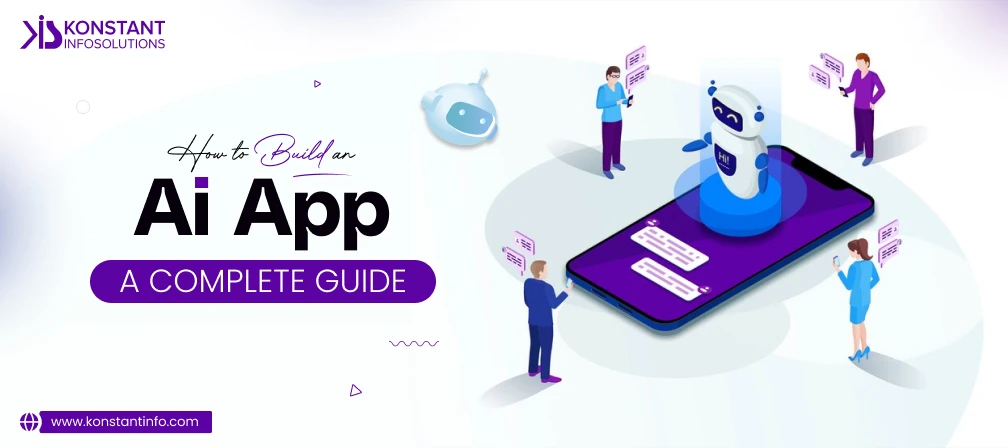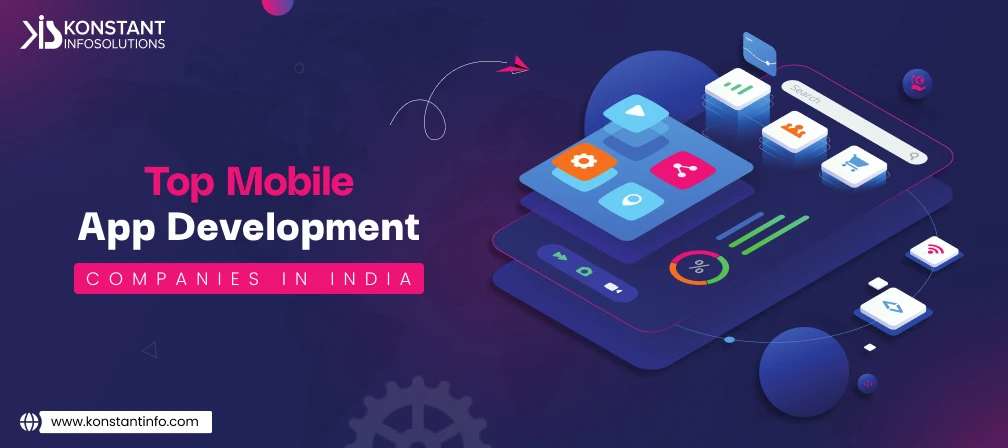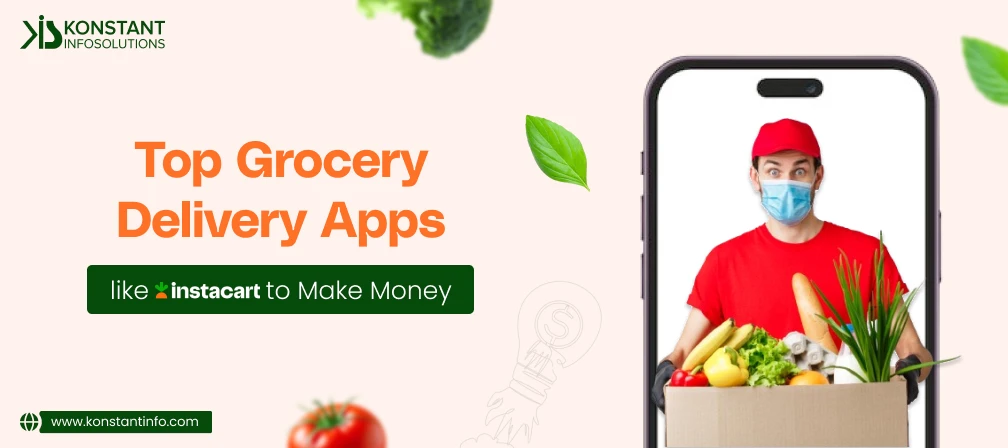
The ability to: connect with people, communicate and promote the business are some of the biggest contributions of social media to ecommerce. The use of wireless handheld devices like cell phones and tablets to conduct commercial transactions that includes online sales, purchases and online transactions are increasing tremendously in alignment with the web.
The growth of mobile commerce is attributable to shopping from mobile phones, having multiple mobile payment options, one-click features, easy navigation, 24* 7 chatbot support, suggestions and lots of conveniences. It saves time and effort.
Applications of m-commerce include mobile money transfers, electronic tickets, boarding passes, digital content purchases and delivery, mobile banking, contactless payments, in-app payments, location-based services, mobile marketing, coupons, loyalty cards etc.
Mobile commerce covers three-wide varieties of transactions, categorized as mobile shopping, mobile banking and mobile payments.
Being able to reach customers on time is the foremost advantage of mobile commerce. It brings in new market opportunities, is present everywhere and contains an extraordinary mobile commerce growth potential. Why? Because the number of users and mobile phones is always going to increase. The technology changes hands which makes it extensible, scalable and more powerful. The data exchange adds value to the initial idea, thus making it more informative. So, when a business communicates with its mobile app, they have a direct chance to interact with their customers. It convinces either/or both parties. Therefore customer reviews go to the developers adding some insight to implement entreaty.
Mobile commerce can turn out to be practicable lest we have any internet wrecks. It breaks an ongoing transaction, might delay the payments, increases business response time and significantly make it very difficult for you to retain customers. Sure, we never want this to happen. After all, we imply certain efforts to create certain appeal, give that appearance to the business, make it conducive for our customers to shop. Feature-rich applications make it easier for the customers to make payments, check their balance, transfer funds, create deposits, stop payments, cancel cheques and do many more things. Having appropriate internet connectivity is necessary for both businesses as well as the customers. Absence can make it difficult to check the business portal and make a purchase decision for the customers. And often, device security, small screens, reluctance to sharing card details with third-party vendors can hold mobile commerce back.
Disruptive technologies take away the possibility of cash transactions as a prerequisite. The m-commerce mobile apps used in mobile phones and websites/web applications enable users to purchase products. It makes them look for information about their products quickly. The number of business processes that meet customer requirements enhances their satisfaction. The quality of the system design affects consumers’ m-commerce decisions. Product information at fingertips, multiple currency options, ease of use and the overall pleasure to shop on the go are the main factors influencing mobile commerce. Mobile commerce platforms provide specialized mobile applications for every application related to mobile money transfer, mobile banking, content purchase and delivery, location-based services, information services, in-application mobile phone payments, mobile promotion.
The pros discussed all go in favour of adopting m-commerce. Although the perceived risk, trust and facilitating conditions often turn overleaf. It’s the loss of personal details like bank account numbers, credit card numbers, mobile numbers that scares people. Mobile commerce applications providers combine web and phone applications and provide integrated mobile applications on mobile app platforms like iOS and Android. Connect with us for more insights.



Manish Jain is the co-founder and Managing Director at Konstant Infosolutions. He is responsible for the overall operations of the company and has played a major role in bringing Konstant up from its humble beginnings and, with his immense energy and drive, transforming it into a globally trusted name in IT solutions.
Or send us an email at: [email protected]